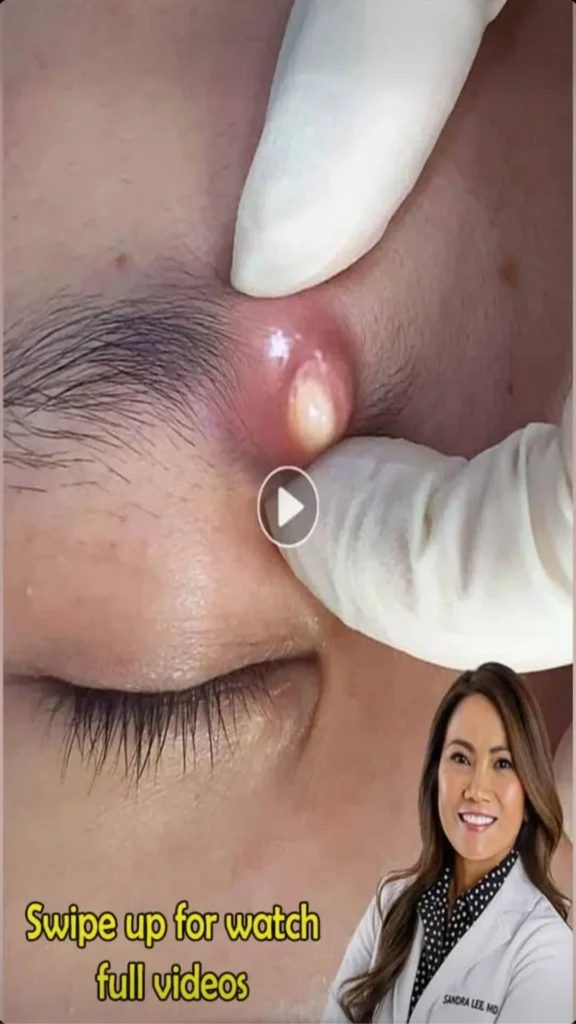
Why do pimples form
Pimples form when your skin’s pores become clogged with a combination of excess oil (sebum), dead skin cells, and sometimes bacteria. Here’s a breakdown of how it happens:
- Overproduction of sebum: Your sebaceous glands (attached to hair follicles) produce oil to keep your skin hydrated. Hormonal changes, like those during puberty or menstruation, can cause them to produce too much.
- Clogged pores: When excess oil mixes with dead skin cells, it can block the pore (hair follicle opening).
- Bacterial growth: A common skin bacterium called Cutibacterium acnes (formerly Propionibacterium acnes) can multiply in the clogged pore, leading to inflammation.
- Inflammation and pus: Your immune system reacts to the bacteria, causing redness, swelling, and pus — which is essentially what you see as a pimple.
There are different types of pimples, like whiteheads, blackheads, papules, pustules, nodules, and cysts — depending on the severity and depth of the blockage and inflammation
Prevention Tips
- Cleanse gently, twice a day
Use a mild, non-comedogenic cleanser (won’t clog pores). Over-washing or scrubbing can irritate your skin and make acne worse. - Use non-comedogenic products
This includes moisturizers, sunscreens, and makeup. Look for labels that say “oil-free” or “non-comedogenic.” - Keep hands and hair off your face
Your hands carry bacteria and oils, and hair products can trigger breakouts. - Change pillowcases and towels regularly
Oils and bacteria can build up on fabric, irritating your skin overnight. - Avoid popping pimples
This can push bacteria deeper and lead to scarring. - Eat a balanced diet
High-glycemic foods (like sugary snacks) and dairy may trigger acne in some people. Consider cutting back if you notice a pattern.
Over-the-counter (OTC)
- Benzoyl Peroxide (2.5–10%): Kills bacteria and reduces inflammation.
- Salicylic Acid (0.5–2%): Helps unclog pores by exfoliating dead skin cells.
- Adapalene (e.g., Differin): A topical retinoid that prevents clogged pores and reduces inflammation.
- Topical antibiotics (like clindamycin)
- Oral antibiotics (for moderate to severe acne)
- Hormonal treatments (like birth control pills or spironolactone for women)
- Oral isotretinoin (Accutane – for severe or cystic acne)
- Stay consistent with your routine — it can take 6–8 weeks to see improvement.
- Moisturize, even if you have oily skin. Dry skin can trigger more oil production.
- Wear sunscreen daily to protect your skin and prevent post-acne marks.

I wish I could find the video
I wish this detailed information had been readily available when I was younger and had these issues to worry about. But anyone needing the scoop has it at their fingertips now! Way to go. This makes sense and offers an explanation for further questions to be asked of professionals (or Google at this point). Thank you for caring enough to post this extremely valuable information for those who need it. I have found many of these suggestions (over time) have helped with my skin issues and continue to make these skin care tips a part of my daily routine.
Why don’t Dermotogolist have a better cure for Seboratic Keratosis? My entire back.is covered in brown scabs. Huge brown spots. How can.i.remove them.entirely without scars? Please help! I hate them! Its driving me nuts!